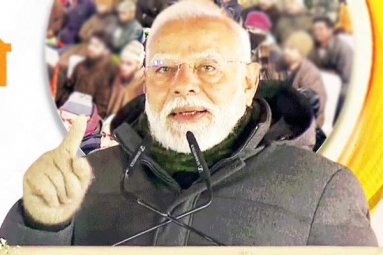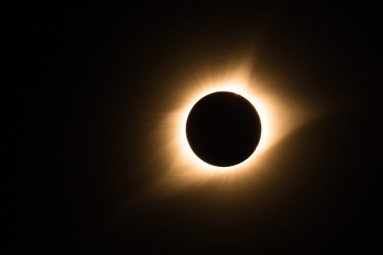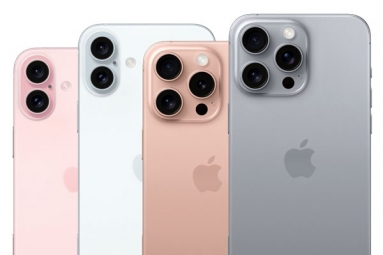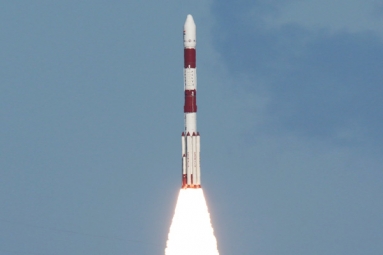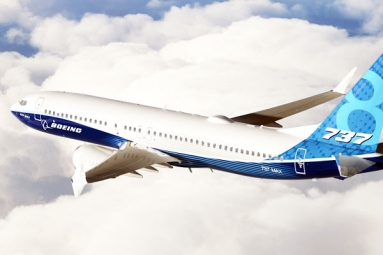
(Image source from: businesstoday.in)
An unmanned spacecraft returned to Earth as it landed in the New Mexico Desert on Sunday. The spacecraft is said to be Boeing’s new Starliner. NASA hailed the flight that is aborted to be a success although its failure in reaching the ISS on what was meant to be a final dress rehearsal before a crewed mission.
“We had some challenges, but a lot of things did in fact go right,” Jim Bridenstine, NASA Administrator told the reporters as he described the landing as an “absolute bull’s-eye.”
“We did not make it to the international Space Station. We did not dock, but the spacecraft flew exceptionally well. We’ve got a lot of data to review.”
The Starline capsule was launched from Cape Canaveral on Friday in Florida but as it separated from its Atlas V launch rocket, there had been failure in its thrusters and they did not get activated as planned. This prevented the Starline capsule from reaching a high enough orbit as the space station orbits at an altitude of around 400 kilometers above sea level.
The capsule burnt a large amount of fuel as it tried to orient itself in the orbit and there was not enough left for space station rendezvous. The flight controllers tried to solve the problem but failed as the their signals did not get through between the position of the spacecraft and a gap in communications. Later, resetting the clock had been managed.
The mission lasted nearly for 50 hours and it included 33 orbits around the Earth.
NASA is not sure of demanding another test flight from Boeing in including a space station visit before putting the astronauts on board.
In the first half of 2020, Boeing had been shooting for its first astronaut mission. The second flight with the crew is made for which capsule has to be recycled.
Russian rockets in 2020 and 2021 guarantees continuity of the presence of US on the space station. Although astronauts are being carried up regularly by the private companies, a seat for Russian is reserved by the space agency as an exchange for a free US seat on Soyuz.
NASA’s inspector general found that Starliner’s seat will costly slightly more than Soyuz rides of USD 86 million apiece, with tab totaling in billions and the Dragon seat for just half the price.
By Shrithika Kushangi



